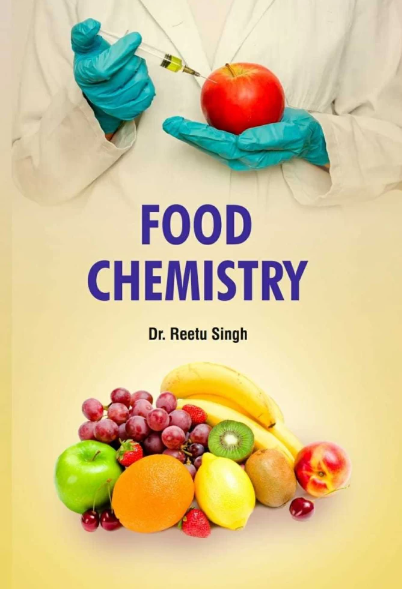Characterization of volatile flavour compounds and characteristic flavour precursors in poultry eggs based on multi-omics and machine learning
IF 9.8
1区 农林科学
Q1 CHEMISTRY, APPLIED
引用次数: 0
Abstract
Although egg flavour influences consumer preference and satisfaction, the features governing the flavour profiles have been poorly studied. This study investigated the volatile compounds and lipid profiles of different poultry egg yolks (chicken, duck, goose, quail and pigeon) using E-nose, volatile metabolomics and untargeted lipidomics, while also exploring the relationships between these components. Additionally, machine learning models (gaussian naive bayes, logistic regression, random forest, SVM and XGBoost) were developed to classify poultry egg types and identify biomarkers with high predictive accuracy. Overall, 11 key flavour compounds were identified as significant contributors to the flavour of poultry eggs. Analysis of flavour precursors indicated that the key flavour compounds were primarily originated from unsaturated fatty acids (UFAs) and PE, PC, TAG and ACAr containing UFAs. Furthermore, 9 markers (4 volatile compounds and 5 lipid metabolites) for distinguishing different eggs were obtained by constructing machine learning models.


基于多组学和机器学习的禽蛋挥发性风味化合物和特征风味前体的表征
虽然鸡蛋的风味会影响消费者的偏好和满意度,但对风味特征的研究却很少。本研究利用电子鼻、挥发性代谢组学和非靶向脂质组学研究了不同家禽蛋黄(鸡、鸭、鹅、鹌鹑和鸽子)的挥发性化合物和脂质谱,并探讨了这些成分之间的关系。此外,还开发了机器学习模型(高斯朴素贝叶斯、逻辑回归、随机森林、支持向量机和XGBoost)来分类禽蛋类型并识别具有高预测精度的生物标志物。总的来说,11种关键的风味化合物被确定为禽蛋风味的重要贡献者。风味前体分析表明,主要风味化合物主要来源于不饱和脂肪酸(UFAs)和含有不饱和脂肪酸的PE、PC、TAG和ACAr。此外,通过构建机器学习模型,获得了9种用于区分不同鸡蛋的标记物(4种挥发性化合物和5种脂质代谢物)。
本文章由计算机程序翻译,如有差异,请以英文原文为准。
求助全文
约1分钟内获得全文
求助全文
来源期刊

Food Chemistry
工程技术-食品科技
CiteScore
16.30
自引率
10.20%
发文量
3130
审稿时长
122 days
期刊介绍:
Food Chemistry publishes original research papers dealing with the advancement of the chemistry and biochemistry of foods or the analytical methods/ approach used. All papers should focus on the novelty of the research carried out.
 求助内容:
求助内容: 应助结果提醒方式:
应助结果提醒方式:


